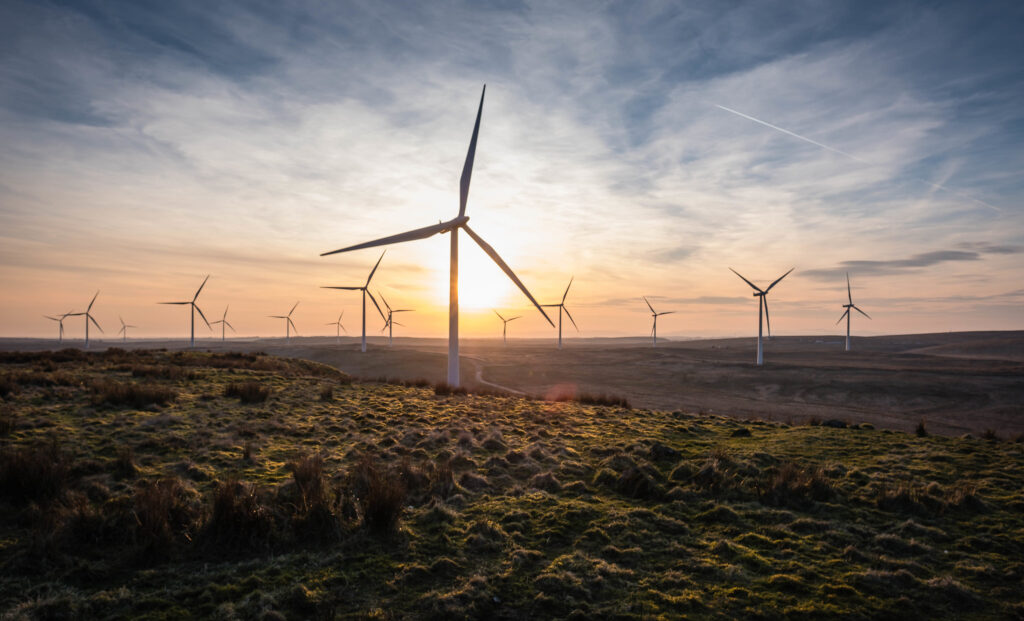
Opponents of electric vehicles and renewable energy often try to make arguments to the effect that the carbon footprint associated with producing electric cars, solar panels, and wind turbines negates their advantages over legacy technologies that involve burning fossil fuels. These arguments have been soundly refuted for the case of electric vehicles but there have been fewer studies related to other green technologies.
A new peer-reviewed study by engineers at the Te Herenga Waka Victoria University in Wellington, New Zealand, has analyzed the carbon emissions associated with wind farm operation.
The main result is that after operating for less than two years, a wind farm can offset the carbon emissions generated across its entire 30-year lifespan. The study takes into account everything from the manufacturing of individual turbine parts, to transporting them and installing them into place, to decommissioning the entire wind farm at its life’s end. The environmental impacts of the installation and transportation phases are important, accounting for about 10% of the overall emissions.
The decommissioning phase is also important. The study recommended the development of a recycling process for end-of-life turbine blades. Currently, such blades are disposed of in landfills, but a recycling process could reduce emissions.
The manufacturing of wind turbines is the primary contributor to the carbon and energy consumption footprints and continues to be the subject of efforts to be improved.
There are other aspects of wind farms that are subject to criticism including physical impacts on the local environment and various social, wildlife and economic impacts. But with respect to carbon emissions, wind farms are a winning strategy.
**********
Web Links
Wind Farms can Offset Their Emissions Within Two Years, New Study Shows
Photo, posted April 2, 2017, courtesy of Ian Dick via Flickr.
Earth Wise is a production of WAMC Northeast Public Radio
Leave a Reply